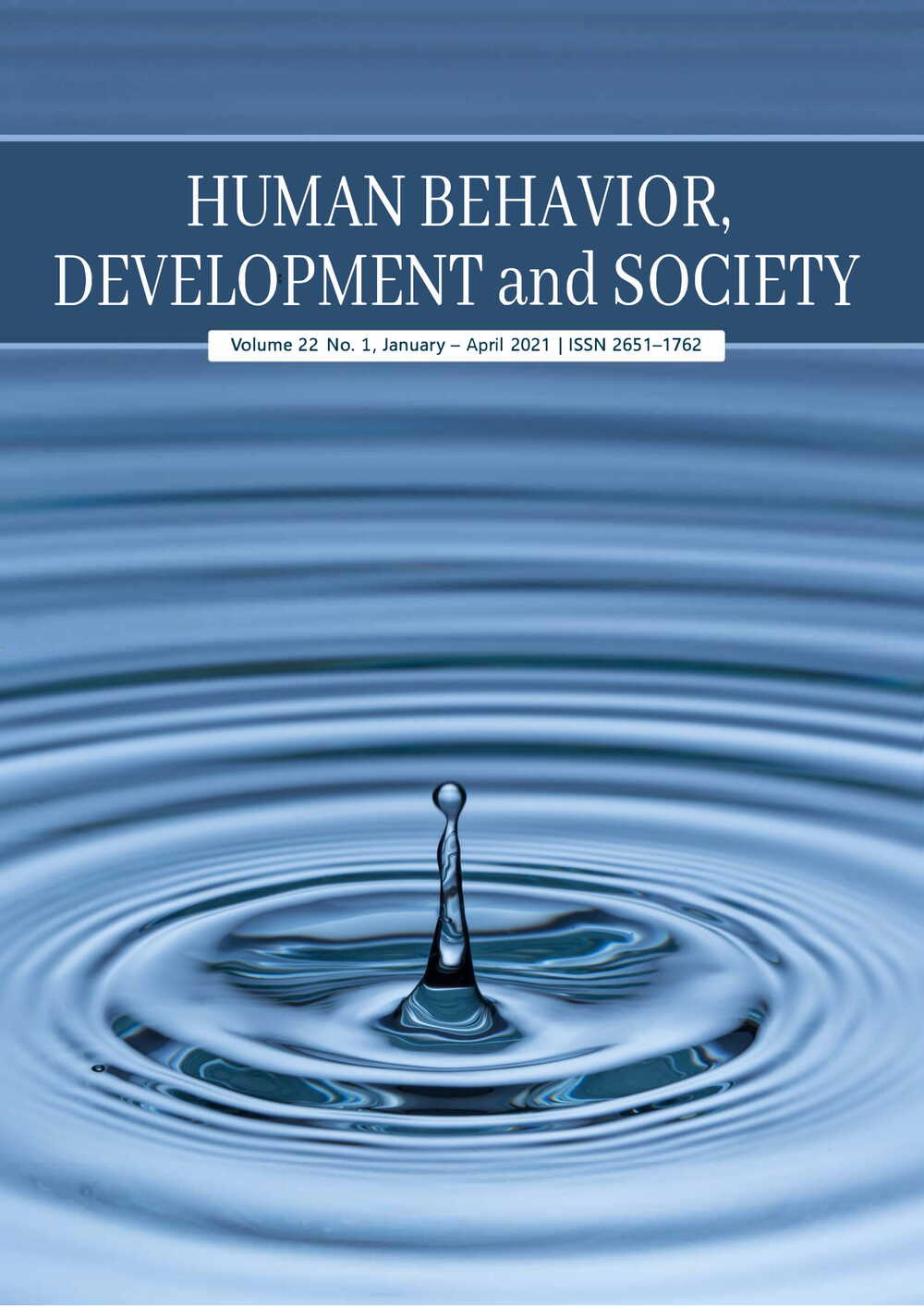Teachers’ Rationale and Use of Technology: A Comparative Study Involving a Public Technical College and a Private High School
Main Article Content
Abstract
The aims of the study were twofold. First, it explored the technological applications that teachers at a wealthy private school incorporated in their classrooms and the rationale adopted. Second, it compared the findings with a previous study that investigated the stated needs and use of technology of teachers at a public technical college. The participants in the current study included the head of the foreign language department and 10 English teachers at a private high school. The head was interviewed to determine the need for technological incorporation. A training workshop was then organized to match the expressed needs. After one semester, semi-structured interviews were conducted. The findings revealed that all 11 teachers used technology applications to facilitate classroom learning resources. Kahoot and Quizizz were the most popular applications used, as the teachers reported that they felt these applications could motivate and encourage their students’ learning. When comparing the results with our previous study, the main differences were in terms of the number of participants who actually used technology, the types of applications used, and the rationales for use and non-use of technology. On the basis of these findings, the pedagogical implications and suggestions are discussed.
Article Details

This work is licensed under a Creative Commons Attribution-NonCommercial-NoDerivatives 4.0 International License.
Copyright: Asia-Pacific International University reserve exclusive rights to publish, reproduce and distribute the manuscript and all contents therein.
References
Ahmadi, M. R. (2018). The use of technology in English language learning. International Journal of Research in English, 3(2), 115–125. https://doi.org/10.29252/ijree.3.2.115
Cote, T., & Milliner, B. (2018). A survey of EFL teachers’ digital literacy: A report from Japanese University. The Journal of Teaching English with Technology, 18(4), 71–89. https://files.eric.ed.gov/fulltext/EJ1195805.pdf
Creswell, J. & Plano Clark, V. (2011). Designing and conducting mixed methods research. 1st ed. SAGE.
Darasawang, P., & Watson Todd, R. (2012). The effect of policy on English language teaching at secondary schools in Thailand. In E.-L. Louw & A. Hashim (Eds.), English in Southeast Asia: Features, Policy and Language in Use, xiv, (pp. 207–220). John Benjamins. https://doi.org/10.1075/veaw.g42.17dar
Gorra, V. C., & Bhati, S. S. (2016). Students’ perception on use of technology in the classroom at higher education institutions in Philippines. Asian Journal of Education and E-learning, 4(3), 92–103. https://ro.uow.edu.au/cgi/viewcontent.cgi?article=1878&context=buspapers
Isman, A., Yaratan, H., & Caner, H. (2007). How technology is integrated into science education in a developing country: North Cyprus case. The Turkish Online Journal of Educational Technology-TOJET, 6(3), 54–60. https://files.eric.ed.gov/fulltext/ED499657.pdf
Khamprem, K., & Boonmoh, A. (2019). Teachers’ stated needs and their actual use of technology. Journal of Human Behaviour, Development and Society, 20(4), 41–51. https://so01.tci-thaijo.org/index.php/hbds/article/view/193626/154899
Kotrlik, J. W., & Redmann, D. H. (2009). Technology adoption for use in instruction by secondary technology education teachers. Journal of Technology Education, 21(1), 44–59. https://files.eric.ed.gov/fulltext/EJ914276.pdf
Kunna, P., & Sukavatee, P. (2017). Study of the use of multimedia for English teachers in special purpose schools in Northern Region. An Online Journal of Education, 12(1), 558–572. https://so01.tci-thaijo.org/index.php/OJED/article/view/234538
Kurt, A. A., & Eristi, D. S. (2012). Teachers’ views about effective use of technology in classrooms. Turkish Online Journal of Qualitative Inquiries, 3(2), 30–41. https://core.ac.uk/download/pdf/26950997.pdf
Merc, A. (2015). Using technology in the classroom: A study with Turkish pre-service EFL teachers. The Turkish Online Journal of Educational Technology, 14(2), 229–240. http://www.tojet.net/articles/v14i2/14225.pdf
Office of the National Education Commission (1999). Thailand National Education Act of B.E. 2542. https://asean.org/storage/2016/08/Thailand184.pdf
Phil, M., Shyamlee, S. D., & Patel. S. (2012). “Use of technology in English language teaching and learning”: An analysis. 2012 International Conference on Language, Medias and Culture, 33, 150–156. http://ipedr.com/vol33/030-ICLMC2012-L10042.pdf
Riasati, M., J., Allahyar, N., & Tan, K. (2012). Technology in language education: Benefits and barriers. Journal of Education and Practice, 3(5), 25–30. https://www.iiste.org/Journals/index.php/JEP/article/view/1495/1427
Saenkhot, A., & Boonmoh, A. (2019). Factors affecting teachers’ use of technologies as teaching aids in Thai EFL classrooms. Journal of Liberal Arts, Prince of Songkla University, 11(1), 269–306. https://so03.tci-thaijo.org/index.php/journal-la/article/view/199936/140142
Semerci, Ç., & Batdi, V. (2015). A meta-analysis of constructivist learning approach on learners’ academic achievements, retention and attitudes. Journal of Education and Training Studies, 3(2), 171–180. https://doi.org/10.11114/jets.v3i2.644
Solano, L., Cabrera, P., Ulehlova, E., & Espinoza, V. (2017). Exploring the use of educational technology in EFL teaching: A case study of primary education in the south of Ecuador. Teaching English with Technology Journal, 17(2), 77–86. https://files.eric.ed.gov/fulltext/EJ1140683.pdf
Wiangsima, A., & Boonmoh, A. (2018). Teachers’ perceptions for teaching English in the near future. Journal of Liberal Arts Ubon Ratchathani University, 14(2), 270–310.
Wright, H. V., & Wilson, K. E. (2011). Teachers’ use of technology: Lessons learned from the teacher education program to the classroom. SRATE Journal, 20(2), 48–60. https://files.eric.ed.gov/fulltext/EJ959529.pdf
Zehar, R., & Bilwani, A. (2016). Perceptions of teachers regarding technology integration in classrooms: A comparative analysis of Elite and Mediocre schools. Journal of Education and Educational Development, 3(1), 1–29. https://files.eric.ed.gov/fulltext/EJ1161520.pdf


